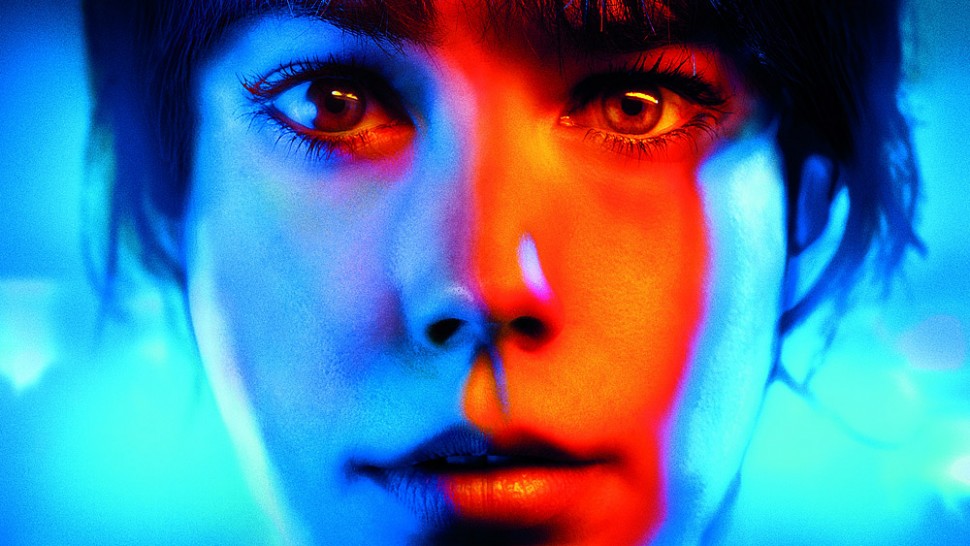
We are all aware of a good long take when we see one. We start to feel a bit uncomfortable once we notice the lack of cuts. We wonder how long this sensation will last. Our discomfort turns into spectacle, as we suddenly realize all of the events that are taking place without error. We begin to wonder how many tries each of these shots took. We finally fall into the film’s spell, and we truly feel as though we are a part of this cinematic world.
These are the many stages of a long take, and the entire series of events is always spectacular to witness; it’s as if you are holding your breath under water long enough that you have amazed your own ability to stay down there before coming up for air.
While the length of these shots is sometimes the most marvelous part about them, we are going to focus on these long takes that are just mesmerizing to watch. These shots can be jaw dropping due to their difficult choreography, their purpose (how they work narratively), or – yes – even their length.
Why are these takes important to these stories? What is each moment trying to convey? Either way, it is nearly impossible that you haven’t noticed these special moments. Here are ten of the most stunning long takes in film history.
Be careful going forwards, because this is a very spoiler heavy article.
10. Birdman or (The Unexpected Virtue of Ignorance): Riggan learns to fly
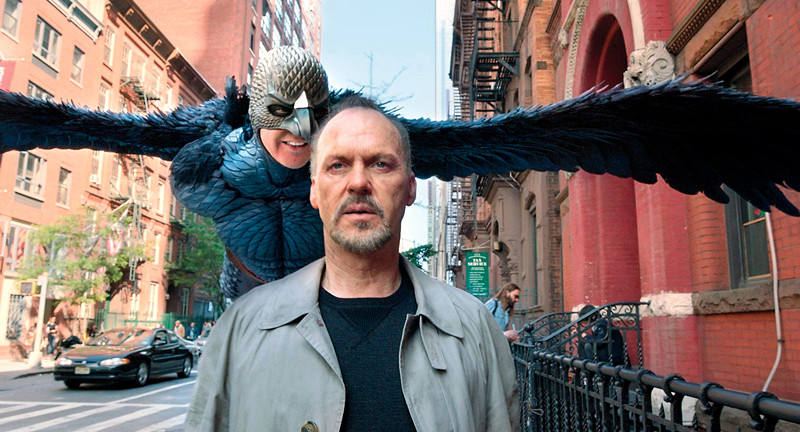
Since the majority of this film is intended to seem like the entire ride is one long take (it isn’t, but the illusion is very real), it’s hard to pick just one moment. After much deliberation, I’m going to go with the scene that starts with Riggan Thomson waking up on the streets of New York. He slowly walks, with Birdman’s voice in his head. Suddenly, the camera pans, and we finally see the real Birdman strolling behind him.
The film dips into CGI blockbuster territory with explosions and a massive monster: a metaphysical transformation. Thomson begins to levitate, and we follow his lead up (only to find that he is standing on a ledge appearing to want to jump). After some confidence, Thomson “leaps” and begins to soar over New York City. This take is emotional, but it is also very self-aware. This is the literal film being dragged through conventions and ideas by its conflicted lead.
9. Children of Men: Car ambush
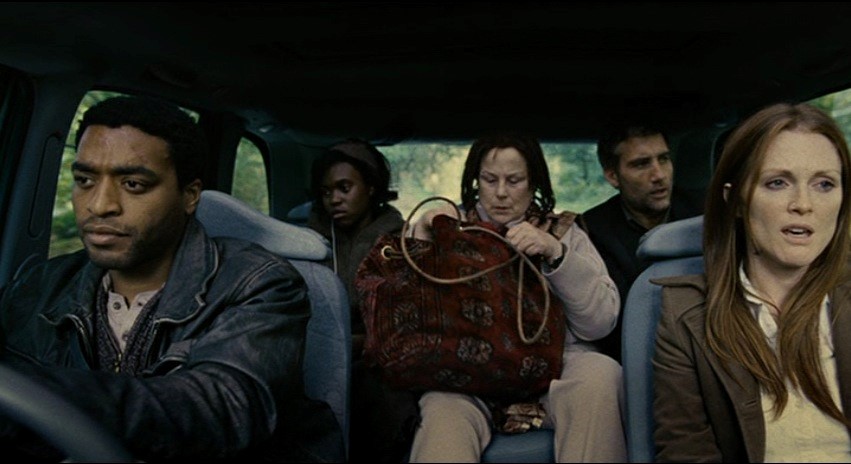
So we get a very brief moment of fresh air in this dystopian mess known as Children of Men (which still remains a pivotal take on the future demise of our civilization in cinematic form). Theo and Julian are showcasing a ping pong ball trick to the other passengers in a tiny car driven by Luke.
Suddenly, a burning car tumbles down a hill; we quickly find out it is a set-up, as barbarians barge down the hill and start attacking the car. Alfonso Cuarón abuses our trust by making us a traveler amongst this pack, only for us to also be ambushed.
As Julian gets shot and begins bleeding all over, a cop car chases after the vehicle with our heroes (now, understandably, speeding). We finally step out of the car only to see Luke shoot both officers and speed off without us. We are trapped with our disbelief on the side of the road.
8. Goodfellas: Henry takes Karen to dinner
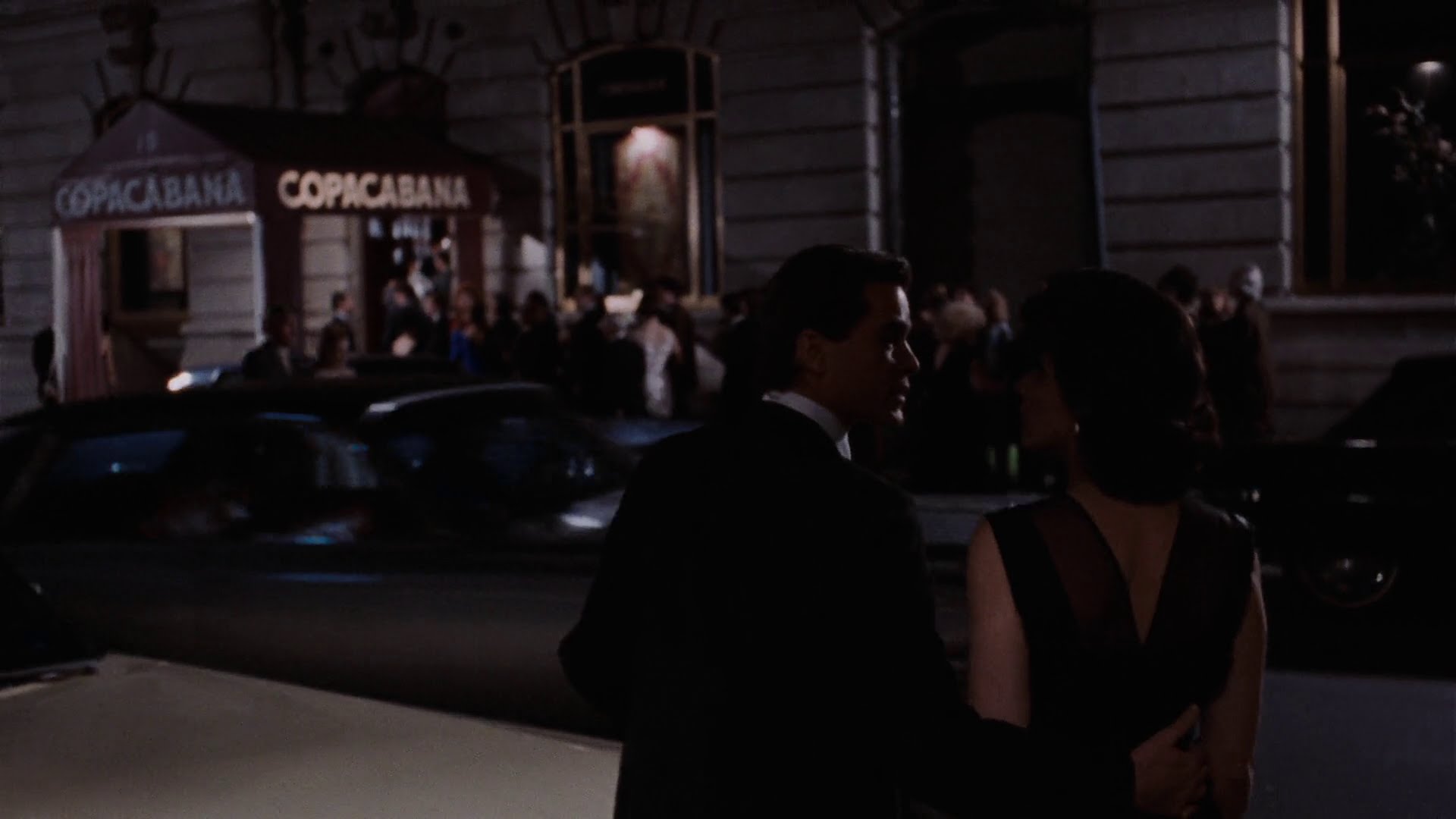
If Raging Bull was a masterpiece of cross cuts and editing leaps, Goodfellas is a cinematic waltz. The most obvious case of this is the long take when Henry Hill takes his new partner Karen to dinner to the tune of Then He Kissed Me by The Crystals.
We cut the long line and enter the downstairs area. Henry addresses many people, showing that he knows the locals here very well. We then zip through the kitchen area, and finally arrive at the table that was personally brought to our two leads. We get the front row show despite having just arrived, and we see Henry giving twenty dollar tips.
We finish this dive into wonderland with a great punchline: Henry claims to be a union-involved construction worker. This is a taste of the sweet life (the riches, not the crimes) for us normal folk that could never burst into a club as if it were our own. This is the fantasy Karen clings on to once she discovers the true underworld that her eventual husband takes part in.
7. La Ronde: Opening message
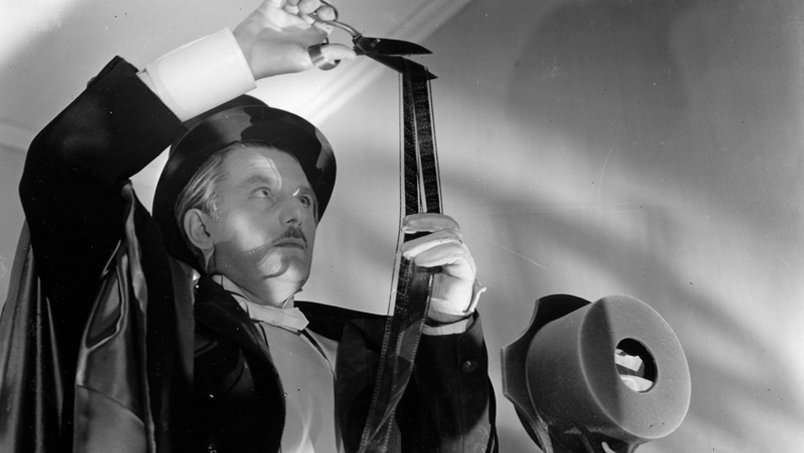
For 1950, the opening of Ophüls’ La Ronde is incredibly creative. We have the Master of Ceremonies guide us around what seems to be an imaginary world that functions as the quiet areas of Vienna, the Master’s dressing room, and a miniature carnival complete with a functioning carousel.
We get a personal narration of what we will witness in this film (a variety of vignettes containing affairs that will all connect together in a cyclical fashion). It’s as though we ourselves are on a merry-go-round, as the camera circles around this impossible setting and follows the Master very closely.
We even get a small show tune to complete the illusion that we are a part of some sort of performance piece. A lady comes towards us on the carousel and greets the Master, causing him to turn to us and announce the first story of the evening. We finally get a wipe across the screen and enter a new scene.
6. Magnolia: Getting ready for What Do Kids Know?

As the weather forecast inaccurately states that there will be light showers, our leads for this scene (a genius son and his leech father) are drenched by the heavy rain outside. They coast their way into the studio where the beloved game show What Do Kids Know? is going to be held for the umpteenth time. Stanley (the child) is nervously chatting with Cynthia: a coordinator. His father has his eyes on the monetary prize, as he greets familiar faces down the hallway.
We bump into Stanley again in a different part of the building, and ride the elevator up with him and Cynthia. Can you feel the anxious energy? Our two soaked lead characters for this scene stand out amongst the dry people they soar past.
We can obviously see their different agendas from a mile away: a father impatient to reap the benefits of his child, and a child that is sick of being used by his own parent. This is a long start to an eventful day for these two, and it has not started well at all.